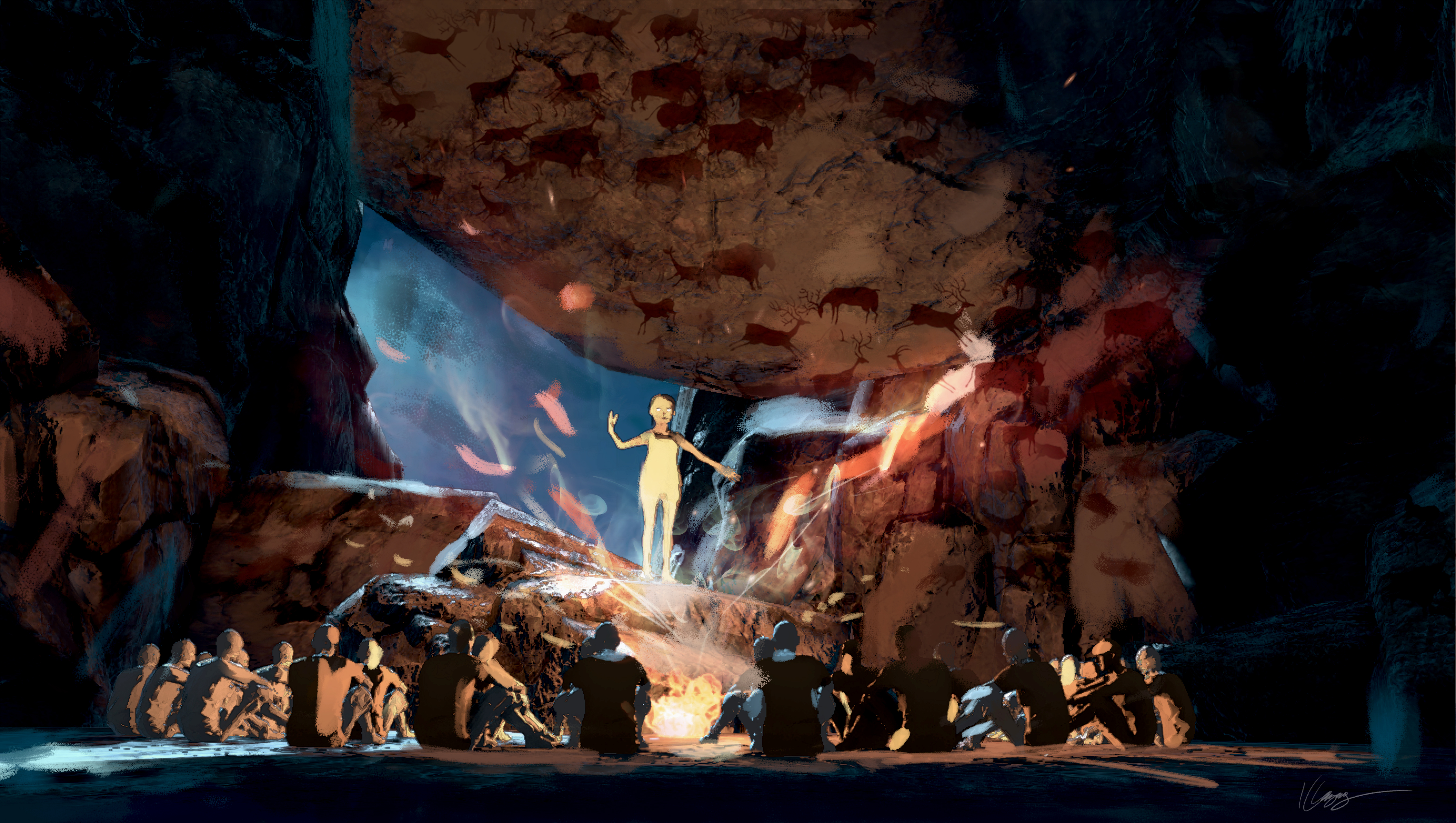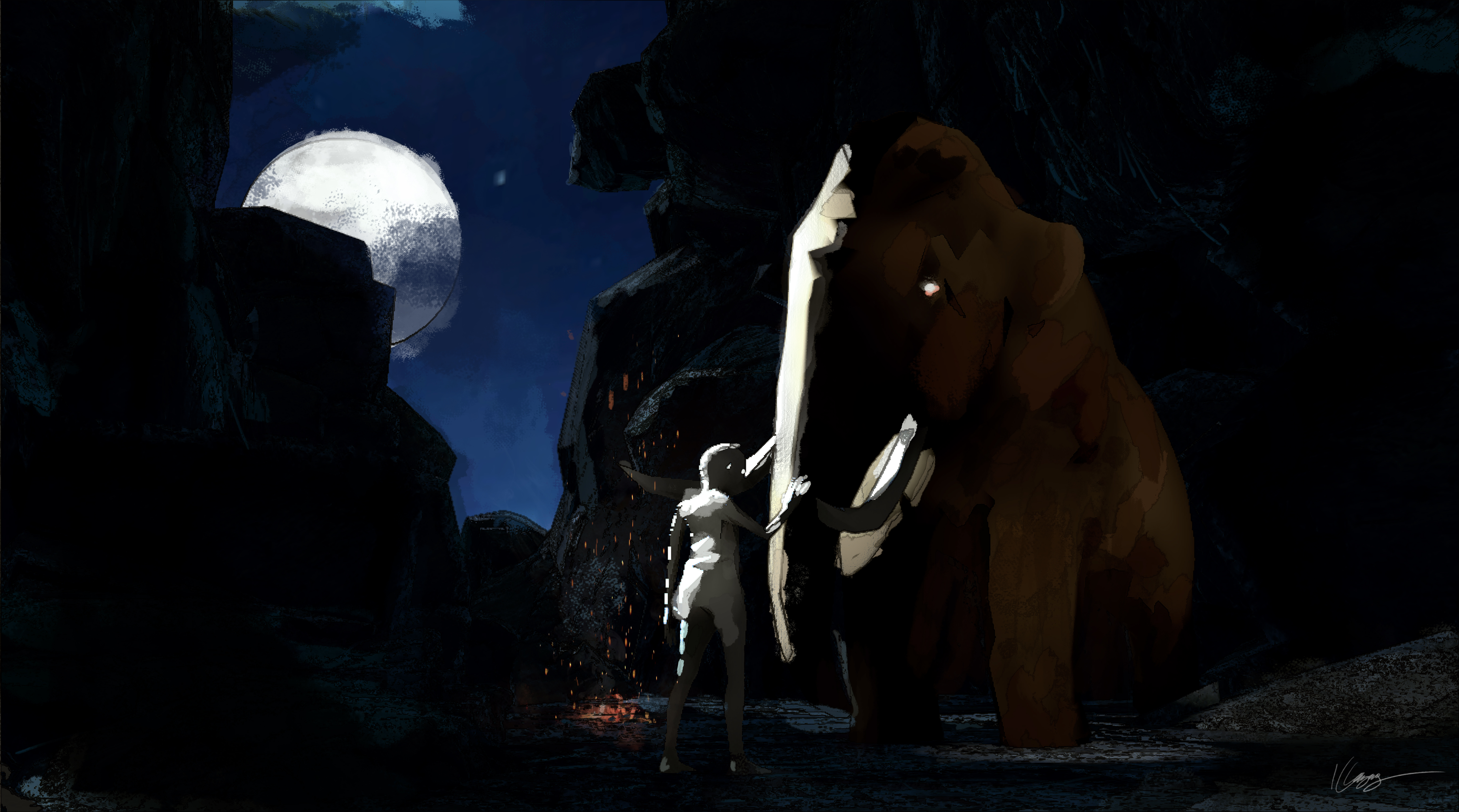Demian makes a very good point in his comment on yesterday’s post. When we look at today’s world, we indeed see many examples of people “tuning out” what they don’t want to know about.
I think the apparent contradiction between our need to connect with others through information and our need to block information from others can be addressed by considering tribalism.
Tribalism is certainly older than our species itself. After all, we see a very similar behavior pattern in our fellow great apes, which strongly suggests it was inherited from our common evolutionary ancestors.
As we all know, there are downsides to grouping people by tribe. Yet given that it has survived intact for so long, I suspect tribalism is one of those instincts, like love for one’s own progeny and a tendency to believe in supernatural gods, that has, one way or another, been helpful in preventing our species from dying out.
Which means that tribalism is baked into our brains. In other words, for better or worse we are stuck with it.
We all belong to many tribes. I personally belong to various overlapping tribes defined by many factors, including professional, cultural, ethnic, familial, political, geographic, aesthetic and metaphysical.
When we wish to bond with others that we perceive as belonging to a common tribe, we draw on our super-power of human communication. But when we wish to indicate that someone is not of our tribe, we tend to narrow or even shut down the paths of communication.
I suspect that this is the likely pattern we will see in the coming age of wearables. We will use this communication technology, as we have used all communication technologies that came before, to connect with those with whom we feel a kinship. Which means we won’t be motivated to “auto-correct” communication that comes from those people.
But we will also use these new emerging tools to help us tune out those other pesky humans — the ones we perceive as belonging to a rival tribe, the ones we don’t think have anything useful to tell us.
Alas, I suspect we will apply all sorts of filters to block those people. The tragedy is that by doing so, we will create a self-fulfilling prophecy.


